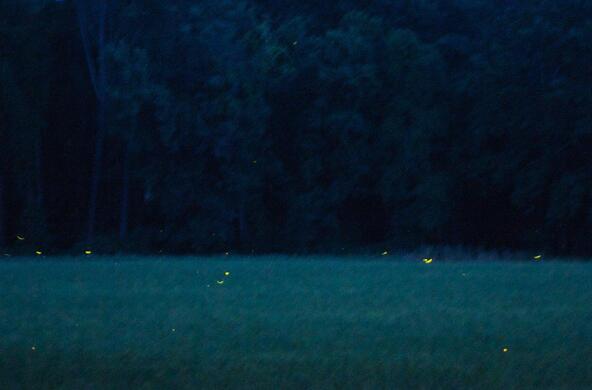
Woodland pools are small, seasonal wetlands. In the Northeast, they are typically covered with ice and snow in the winter. In the heat of summer they dry up. And in the spring and late fall they contain standing water. Now is a great time for exploring the diversity of life in woodland pools.
Because fish can’t survive in the temporary wetlands, they are ideal nursery habitat for amphibians, whose tadpoles and larvae are vulnerable to fish predation. During the spring breeding season, a single woodland pool can yield thousands of frogs and salamanders. This productivity has led some to dub them the “coral reefs of northeastern forests.”
Amphibians that breed in the pools include spotted salamanders, Jefferson salamanders, marble salamanders, and wood frogs. If you peer into a woodland pool, it’s easy to spot their eggs. The gelatinous masses are just beneath surface of the water. They can be white, clear, or covered in jelly. Pools are also home to fairly shrimp, dragonfly and damselfly nymphs, water beetles, and caddisflies.
In addition to acting as breeding hotspots, woodland pools are recycling depots. Leaves that fall into them are broken down by bacteria and fungi, which are then fed on by insects. These insects are eaten by larger animals, like frogs. And when amphibians return to the uplands, they complete the cycle of energy from trees back to the forest.
And if that’s not enough, woodland pools also help buffer floods. Each pool can hold some 60,000 gallons of water. A forest with 20 pools – a conservative estimate for the Northeast – can retain more than a million gallons of water.
Produced in collaboration with WAMC Northeast Public Radio, this podcast originally aired on April 20, 2015. To access a full archive of Earth Wise podcasts, visit: www.earthwiseradio.org.






